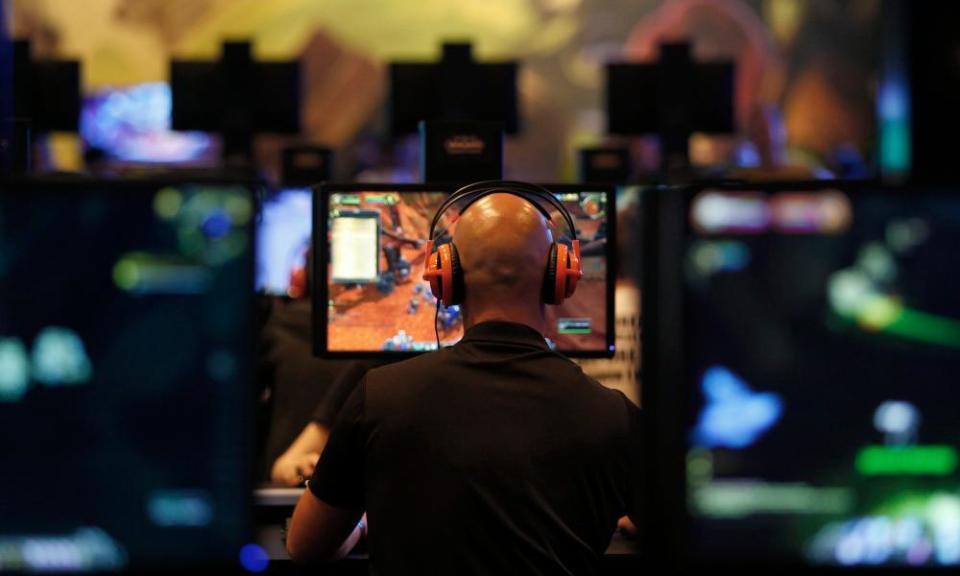The truth about gaming disorder, from Fortnite to World of Warcraft

Gaming disorder may be a newly recognised condition, but disordered gaming is anything but new. In 2010, a Korean couple was arrested for fatal child neglect spurred by an obsession with Prius Online. Five years earlier, another Korean man collapsed and died after a 50-hour session playing StarCraft in an internet cafe.
In the west, World of Warcraft, released in 2004, was one of the first games to trigger addiction narratives in the mainstream press, with the game blamed for causing college students to drop out of university and others losing careers and families.
What’s changed this time round is partially a matter of scale. World of Warcraft peaked in 2010, six years after launch, with 12 million subscribers worldwide.
Fortnite, released less than a year ago, has more than 10 times that at 125 million. Even if nothing else had changed, 10 times the players probably means 10 times the stories of a disordered relationship with the game.
The game’s free-to-play nature – it charges for cosmetic upgrades but anyone can download and play without spending a penny – means that a far greater proportion of those players are young compared with previous gaming phenomena.
Not only are there more young people – who are not great at setting boundaries – but there is also more visibility of all types of play: an eight-hour gaming session that might be guiltily shrugged off by an 18-year-old student in a university town can prompt concern for that same student’s parents if they are just a year younger and living at home.
But while Fortnite may have become the poster child for this latest run of gaming addiction stories, it is a mild example of the form. Games in Fortnite are short, typically running 20 to 30 minutes and the rewards for playing a lot are minimal, and cosmetic only. That’s substantially less demanding than more “hardcore” games, including World of Warcraft itself, which can require hours of continuous play and offers substantial in-game rewards, which can only be achieved by those who put in the requisite commitment.
Similarly, Fortnite forgoes one of the more malign innovations the gaming industry has hit upon over the past few years, the loot box. Other games don’t offer rewards in a conventional manner: instead, players earn or buy loot boxes, sticker packs, and the like, which contain a chance at receiving the item they truly want, and a much bigger chance of receiving almost nothing. The unpredictable rewards this generates can be incredibly compelling, for exactly the same reason a slot machine sucks people in.
Epic Games, the maker of Fortnite, has passed over other popular money-spinners in the gaming space. There’s no energy system, demanding money for continued access; there are no timers, offering the option to skip the countdown for cash; there is no possibility of paying to win, using real funds to buy digital advantages. Instead, the company seems to have taken a simpler tack: build a fun game, monetise it smartly and hope to make more profit from 100 million happy players than a million exploited ones.
That cuts to the core of the debate around gaming disorder. If the poster child for the condition can be linked to that dubious term despite avoiding the exploitative techniques that have been adopted by its peers, what are games supposed to do to protect players from themselves? Can entertainment just be too entertaining for its own good?

 Yahoo Finance
Yahoo Finance 